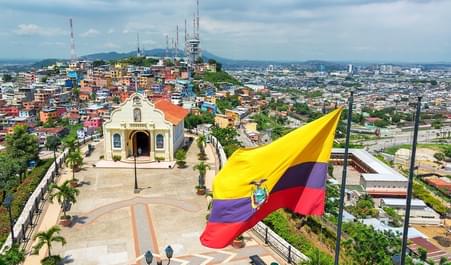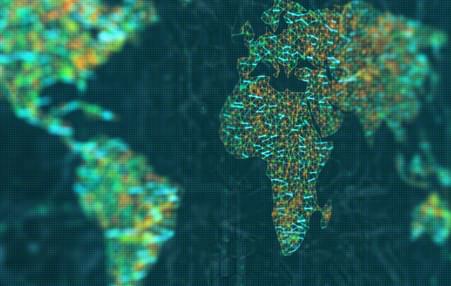Global markets rallied on Thursday amid the long-awaited news that USA and China have finalized the first Phase of the protracted trade negotiations, with presidents Trump and Si committing to a series of bilateral agreements, including a commitment from China to increase imports from the US by USD200bn over the next 24 months.
Yet observers are sceptical that some of the most prominent points in the agreement are actually achievable. ING analysts, among others, have questioned the feasibility of creating additional USD150 per citizen worth of demand for US goods in China over the next two years - especially considering that “growth of the Chinese economy is structurally on a downward trend and authorities want to continue the fifteen-year trend of declining import growth.”
“The agreement by the Chinese to import US$200bn of US goods will be met, in part, by China’s commitment to import and raise total agricultural imports to US$40bn to US$50bn, US$50bn of energy products and US$75bn of manufactured products. Comments by vice-Premier Liu that these commitments are dependent on Chinese demand seem at odds with the English version of the official text published by the US trade representative which specifies the exact amounts. However, the agreement does not include an enforcement clause addressing the purchasing commitments by China. In addition, the text explicitly states that the purchases are dependent on commercial considerations.”
The experts conclude that, unless Chinese demand for US agricultural produce and energy somehow shoot up naturally, it will be down to the Chinese state and policymakers to actively substitute other imports with US ones. This would lead to lower prices in those other agricultural and energy exporters, and therefore make it for more attractive for third countries to shift away from US suppliers and import soybeans and coal from countries like Brazil instead.
“Thus, higher exports to China will probably, in part, be offset by lower US exports to the rest of the world.”
They also point out that other structural reforms embedded in the deal have already been addressed in past agreements, while others will need to be resolved in future phases.
“The most difficult topics such as Chinese industrial subsidies are pushed to a phase two deal, which we do not expect before the US elections in November. At least the deal takes away some of the trade uncertainty that affected businesses in the past two years.”









